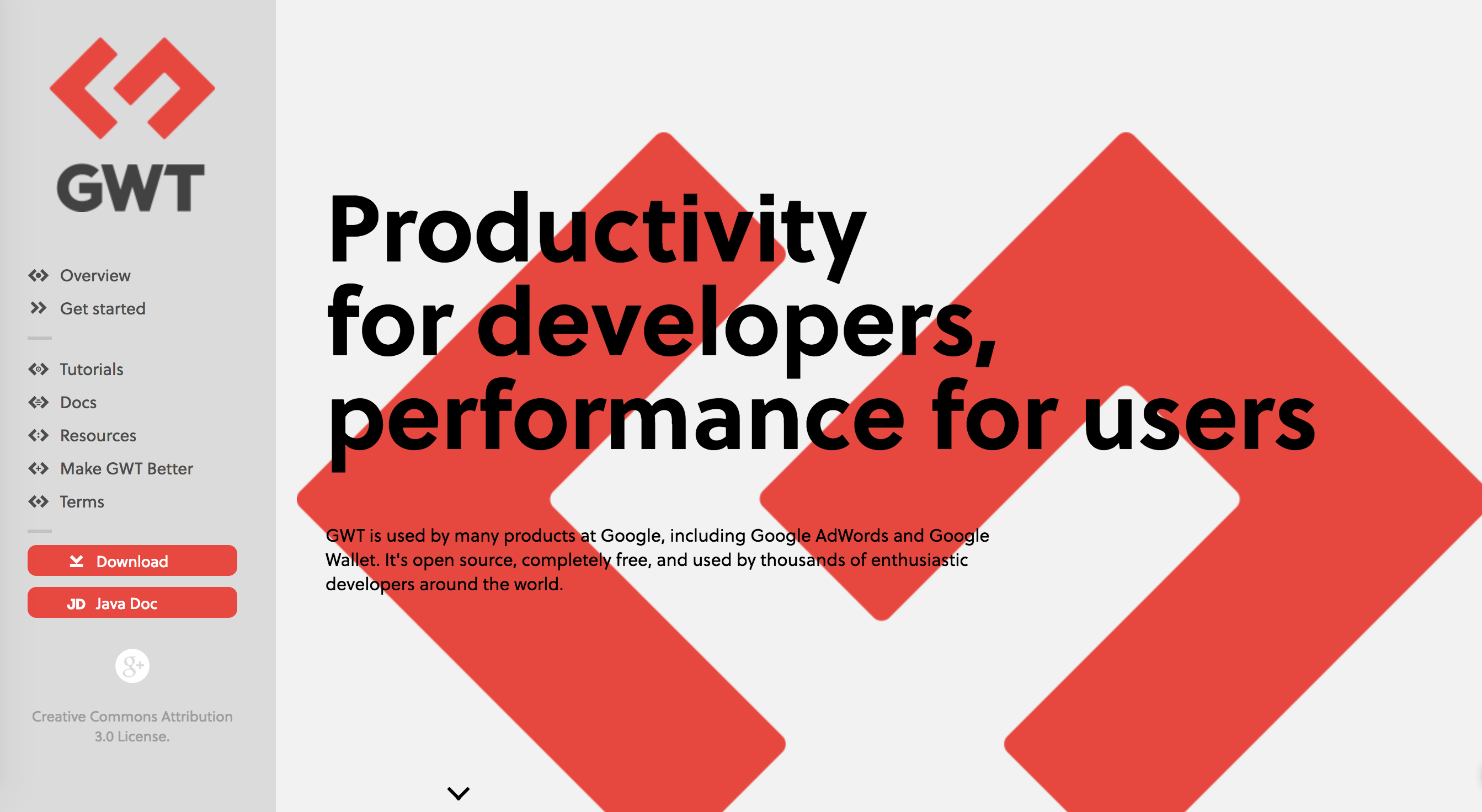JavaScript
JavaScript is a high-level, interpreted programming language.
It is a dynamic language. It is based on the prototype and is multi-paradigm.
JavaScript is one of the three core technologies of the World Wide Web along with CSS and HTML.
It is used in making web pages interactive.
It is used in providing online programs such as video games.
Most of the websites use JavaScript. All the modern web browsers support it using a built-in JavaScript engine without any plug-ins.
The programming styles supported are functional, object-oriented and prototype-based programming styles.
JavaScript does not include networking, storage, or graphics facilities.
Although there are very strong similarities between JavaScript and Java such as the language name, syntax, and standard libraries, these two languages are distinct and different from each other in design.
JavaScript Framework
A framework is a platform that provides a basis to the software developers for developing software applications.
It includes classes and functions that are already defined.
It can be used in the processing of input, in the management of hardware, and while interacting with the software of the system.
It includes a compiler, libraries, and various other programs required in software development.
You can add your own code to the prewritten code in the framework in order to solve a given problem accordingly.
Top 10 JavaScript Frameworks
There are several frameworks available for JavaScript. A few of them are discussed here briefly.
1. AngularJS
AngularJS is an open-source front-end web application framework.
It addresses several challenges faced while developing single-page applications.
It simplifies the development and the testing of applications.
It provides a framework for model–view–controller (MVC) and model–view–ViewModel (MVVM) patterns.
2. React
React is a JavaScript library.
It is used for building user interfaces.
It is maintained by Facebook, Instagram and a few more. It corresponds to View in the Model-View-Controller (MVC) pattern.
3. Ext JS
Ext JS is a JavaScript application framework.
It is used to build interactive cross-platform web applications.
It uses techniques such as Ajax, DHTML, etc.
4. Ember.js
Ember.js is an open-source JavaScript web framework.
It is based on the Model–View–ViewModel pattern.
It allows developers to create single-page web applications. The following websites use Ember
- Discourse
- Groupon
- Vine
5. Backbone.js
Backbone.js is a JavaScript library.
It uses a RESTful JSON interface.
It is based on the model–view–presenter (MVP) application design.
It is designed for developing single-page web applications.
It keeps different parts of web applications synchronized.
6. GWT

Google Web Toolkit helps the developers in creating and maintaining complex front-end applications in Java.
7. Knockout
Knockout is a JavaScript framework that uses the Model-View-View Model pattern.
There is a clear separation between domain data, view components and data to be displayed.
8. Vue.js
Vue.js is an open-source progressive JavaScript framework.
It is used in the building of user interfaces.
It is very adaptable which helps with its integration into other projects.
It can power advanced single-page applications.
9. Dojo
Dojo Toolkit is an open source modular JavaScript library.
It is used in the development of cross-platform, JavaScript/Ajax-based applications and websites.
10. Polymer
The polymer is an open-source JavaScript library.
It is used to build web applications using Web Components.
The redesigned YouTube, YouTube Gaming, the redesigned Google Earth and many more Google sites use Polymer.
Conclusion
Ease of installation, how active the network is, documentation, etc.
should be kept in mind while choosing the right framework.